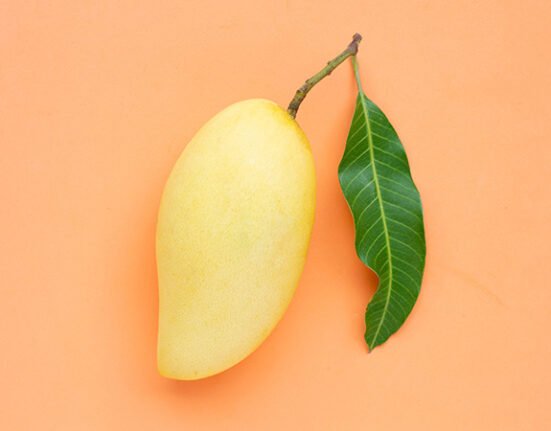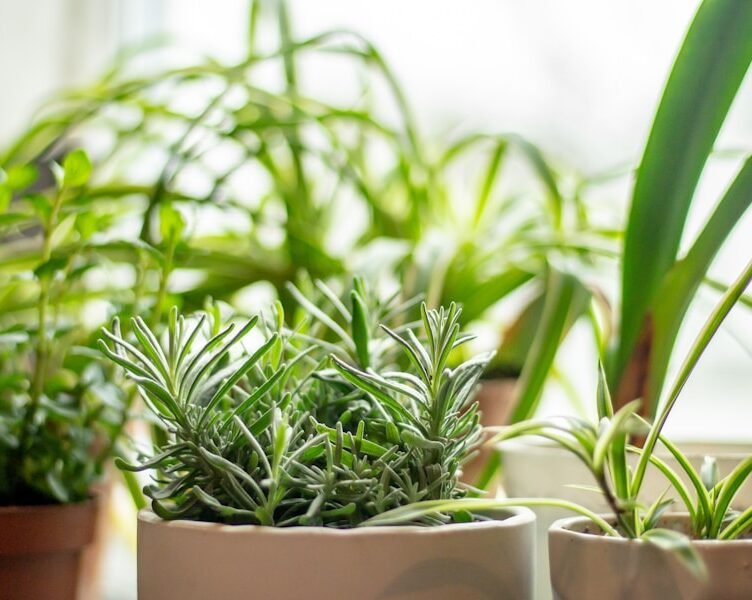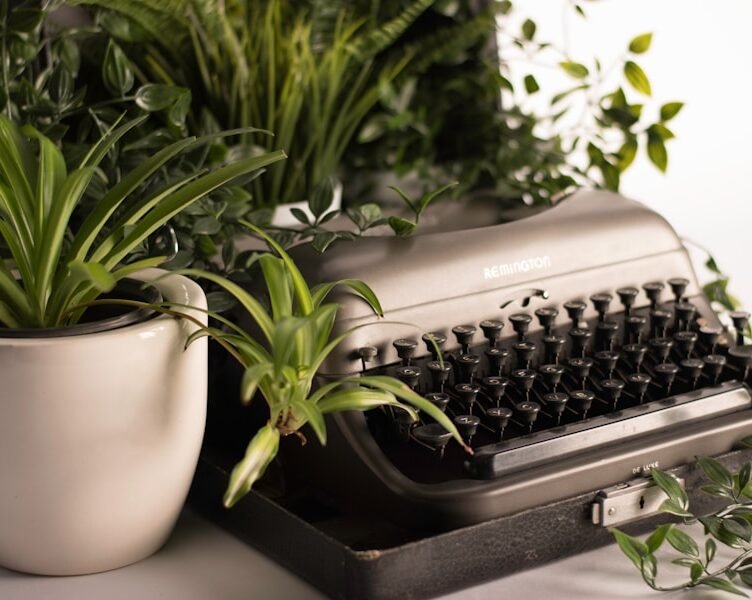In recent years, indoor vegetable cultivation has gained popularity due to its numerous advantages. Having fresh and nutritious greens readily available offers a convenient and cost-effective means of accessing fresh produce, while also providing greater control over the growing process. One of the primary benefits of indoor vegetable plants is their ability to thrive year-round, regardless of external weather conditions, making them an ideal option for individuals living in areas with harsh climates.
Moreover, cultivating indoor vegetables can be a fulfilling and stress-reducing hobby that contributes to improved mental well-being. A significant advantage of growing indoor vegetable plants is the ability to access fresh and nutritious greens at any time. This is particularly beneficial for individuals residing in urban areas or regions where fresh produce is scarce.
By cultivating indoor vegetables, individuals can ensure they receive the freshest and most nutritious produce possible. Furthermore, indoor vegetable plants are often free from harmful pesticides and chemicals, making them a healthier option for individuals and their families. Additionally, indoor vegetable cultivation can help reduce carbon footprint by minimizing the need for transportation and packaging associated with store-bought produce.
Key Takeaways
- Growing indoor vegetable plants provides fresh and nutritious greens right at your fingertips, all year round.
- Benefits of growing indoor vegetable plants include having access to fresh produce, saving money, and reducing food waste.
- The best vegetables to grow indoors include lettuce, spinach, kale, tomatoes, and herbs like basil and cilantro.
- Tips for growing healthy indoor vegetable plants include providing adequate light, proper watering, and using well-draining soil.
- Choosing the right containers for indoor vegetable plants is important for proper drainage and space for root growth.
Benefits of Growing Indoor Vegetable Plants
Customized Care for Optimal Growth
When you grow your own vegetables indoors, you can choose the type of soil, fertilizer, and watering schedule that best suits the needs of your plants. This level of control can help ensure that your plants are getting the nutrients they need to thrive, resulting in healthier and more abundant produce.
Monitoring and Adjusting Growing Conditions
Additionally, growing vegetables indoors allows you to monitor and adjust the growing conditions to suit the specific needs of each plant, such as temperature, humidity, and light exposure. This can result in higher yields and better-tasting vegetables.
A Fun and Rewarding Hobby
Growing indoor vegetable plants can be a fun and rewarding hobby that can help reduce stress and improve mental well-being. Taking care of plants has been shown to have a calming effect on the mind and can help reduce anxiety and depression. Additionally, seeing the fruits of your labor as your plants grow and produce vegetables can be incredibly satisfying and fulfilling. This can also be a great way to teach children about where their food comes from and the importance of healthy eating.
Overall Benefits for Well-being
Overall, growing indoor vegetable plants can provide numerous benefits for both physical and mental well-being.
Best Vegetables to Grow Indoors
When it comes to growing indoor vegetable plants, there are certain vegetables that are better suited for indoor growing than others. Some of the best vegetables to grow indoors include leafy greens such as lettuce, spinach, and kale. These vegetables are relatively easy to grow indoors and do not require a lot of space.
Additionally, herbs such as basil, cilantro, and parsley are also great options for indoor growing as they can thrive in small containers and do not require a lot of maintenance. Other vegetables that can be successfully grown indoors include tomatoes, peppers, and microgreens. Leafy greens are a popular choice for indoor vegetable plants as they are relatively low-maintenance and can be harvested multiple times throughout their growing cycle.
They also tend to grow quickly, allowing for a steady supply of fresh greens. Herbs are also a great option for indoor growing as they can add flavor and freshness to your meals without taking up a lot of space. Tomatoes and peppers can be a bit more challenging to grow indoors, but with the right care and attention, they can produce a bountiful harvest.
Microgreens are another popular choice for indoor growing as they are packed with nutrients and can be grown in small containers on a windowsill.
Tips for Growing Healthy Indoor Vegetable Plants
| Vegetable | Growth Time | Light Requirements | Watering Needs | Harvest Yield |
|---|---|---|---|---|
| Lettuce | 3-4 weeks | 6-8 hours of sunlight | Regular, keep soil moist | Multiple harvests |
| Spinach | 4-6 weeks | 4-6 hours of sunlight | Regular, keep soil moist | Multiple harvests |
| Kale | 6-8 weeks | 6-8 hours of sunlight | Regular, keep soil moist | Multiple harvests |
In order to successfully grow healthy indoor vegetable plants, there are several tips that can help ensure a bountiful harvest. First and foremost, it is important to choose the right containers for your plants. Make sure that the containers have good drainage to prevent waterlogged soil, which can lead to root rot.
Additionally, choose containers that are large enough to accommodate the root systems of your plants and provide adequate space for growth. It is also important to use high-quality potting soil that is specifically formulated for vegetables, as this will provide the necessary nutrients for healthy growth. Another important tip for growing healthy indoor vegetable plants is to provide adequate light and temperature for your plants.
Most vegetables require at least 6-8 hours of direct sunlight per day, so it is important to place your plants in a location where they will receive ample sunlight. If natural light is limited, consider using grow lights to supplement the light needs of your plants. Additionally, it is important to maintain a consistent temperature for your plants, as extreme fluctuations can stress the plants and affect their growth.
Most vegetables prefer temperatures between 65-75 degrees Fahrenheit during the day and slightly cooler temperatures at night.
Choosing the Right Containers for Indoor Vegetable Plants
Choosing the right containers for indoor vegetable plants is crucial for their success. When selecting containers, it is important to consider the size and material of the pots. The size of the container will depend on the specific needs of each plant, but in general, larger containers are better as they provide more room for root growth and help prevent the soil from drying out too quickly.
Additionally, it is important to choose containers with good drainage holes to prevent waterlogged soil, which can lead to root rot. Plastic, ceramic, or terra cotta pots are all suitable options for indoor vegetable plants, but it is important to avoid containers made from metal or treated wood as they can leach harmful chemicals into the soil. It is also important to consider the material of the containers when choosing pots for indoor vegetable plants.
Plastic pots are lightweight and affordable, but they can deteriorate over time and may need to be replaced more frequently. Ceramic pots are durable and come in a variety of colors and designs, making them a popular choice for indoor gardening. Terra cotta pots are porous and allow for better air circulation around the roots of the plants, but they may require more frequent watering as they tend to dry out faster than other materials.
Ultimately, the choice of container will depend on personal preference and the specific needs of each plant.
Managing Light and Temperature for Indoor Vegetable Plants
Providing Adequate Light
Most vegetables require at least 6-8 hours of direct sunlight per day in order to thrive, so it is important to place your plants in a location where they will receive ample sunlight. If natural light is limited, consider using grow lights to supplement the light needs of your plants.
Positioning Grow Lights Correctly
When using grow lights, it is important to position them at the correct distance from the plants in order to provide adequate light without causing heat damage.
Maintaining Optimal Temperature and Humidity
In addition to light, maintaining a consistent temperature is also crucial for the health of indoor vegetable plants. Most vegetables prefer temperatures between 65-75 degrees Fahrenheit during the day and slightly cooler temperatures at night. It is important to avoid extreme temperature fluctuations as this can stress the plants and affect their growth. To help maintain consistent temperatures, consider using a small fan to circulate air around your plants and prevent hot spots from forming. Additionally, it is important to monitor humidity levels as some vegetables may require higher humidity in order to thrive.
Harvesting and Using Fresh Indoor Vegetables
Harvesting fresh indoor vegetables is one of the most rewarding aspects of growing your own produce indoors. When it comes to harvesting leafy greens such as lettuce or spinach, it is best to pick individual leaves rather than harvesting the entire plant at once. This allows the plant to continue producing new leaves over an extended period of time.
Herbs such as basil or cilantro can be harvested by snipping off individual leaves or stems as needed. When it comes to harvesting tomatoes or peppers, wait until the fruits are fully ripe before picking them from the plant. Once you have harvested your fresh indoor vegetables, there are numerous ways to use them in your cooking.
Leafy greens can be used in salads, sandwiches, or smoothies for a nutritious boost of vitamins and minerals. Herbs can be used to add flavor to a wide variety of dishes such as soups, sauces, or marinades. Tomatoes and peppers can be used in salsas, sauces, or simply enjoyed fresh on their own.
By using fresh indoor vegetables in your cooking, you can enjoy the full flavor and nutritional benefits that come with homegrown produce.
Troubleshooting Common Issues with Indoor Vegetable Plants
While growing indoor vegetable plants can be a rewarding experience, there are some common issues that may arise along the way. One common issue with indoor vegetable plants is overwatering or underwatering. Overwatering can lead to waterlogged soil and root rot, while underwatering can cause wilting and stunted growth.
To prevent these issues, it is important to water your plants consistently and monitor the moisture levels of the soil. Another common issue with indoor vegetable plants is pest infestations such as aphids or spider mites. To prevent pest infestations, it is important to regularly inspect your plants for signs of pests and take action at the first sign of trouble.
This may involve using natural pest control methods such as neem oil or introducing beneficial insects such as ladybugs into your indoor garden. In conclusion, growing indoor vegetable plants can provide numerous benefits including access to fresh and nutritious produce year-round, greater control over the growing process, and a fun and rewarding hobby that can improve mental well-being. By choosing the right containers, managing light and temperature, harvesting fresh produce, and troubleshooting common issues, you can successfully grow healthy indoor vegetable plants right at your fingertips.
Whether you are new to gardening or have years of experience, growing indoor vegetable plants can be a fulfilling endeavor that allows you to enjoy the full flavor and nutritional benefits of homegrown produce.
FAQs
What are indoor vegetable plants?
Indoor vegetable plants are varieties of vegetables that are specifically suited for growing indoors in containers or small spaces. These plants are typically chosen for their ability to thrive in low light conditions and limited space.
What are the benefits of growing indoor vegetable plants?
Growing indoor vegetable plants allows individuals to have access to fresh and nutritious greens right at their fingertips, regardless of the season or outdoor growing conditions. It also provides a convenient and cost-effective way to incorporate more vegetables into one’s diet.
What are some popular indoor vegetable plants?
Popular indoor vegetable plants include lettuce, spinach, kale, arugula, microgreens, and herbs such as basil, parsley, and cilantro. These plants are known for their ability to grow well in containers and require minimal maintenance.
What are the key factors to consider when growing indoor vegetable plants?
Key factors to consider when growing indoor vegetable plants include choosing the right containers and soil, providing adequate light and water, and maintaining proper temperature and humidity levels. It’s also important to select vegetable varieties that are well-suited for indoor growing conditions.
Can indoor vegetable plants provide the same nutritional value as outdoor-grown vegetables?
Yes, indoor vegetable plants can provide the same nutritional value as outdoor-grown vegetables, as long as they are given the proper growing conditions and care. In fact, growing vegetables indoors can ensure a fresh and continuous supply of nutrient-rich greens throughout the year.







